26
Revision questions for AI-102
Would you like to revise your knowledge before the exam? During preparation to AI-102 I made lots of notes, and I decided to share them with you. This article doesn't cover all topics required for AI-102, but I believe it can be a great resource to structure your knowledge. Let's start go deeper into the AI-102 world!
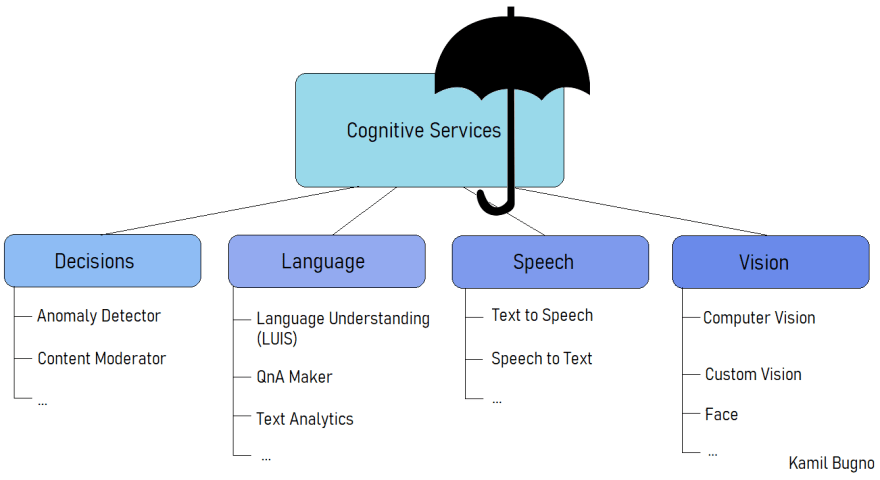
Yes, you can. Thanks to it, you can use AI functionalities on-premises. There are two vital facts related to it: not all AI services support containerization (for example, Face), and you must send metering data to Azure because of the billing process (Azure needs to know how you use its services to be able to prepare a bill for you).
You have the possibility of controlling your data. By using containers, you don't have to send your data to the cloud to use AI services - all the work is done on-premises. What is more, you can use the advantages of containers: portable application architecture and scalability achieved by using orchestration tools such as Kubernetes.
It enables you to analyse content in both images and video. You can use either REST API or client library (for C#, Python, Java, etc.) There are several crucial functions, that this API provides - below there are methods that you can use in Python:
computervision_client.describe_image - generate a human-readable sentence that describes the image,computervision_client.tag_image - returns tags based on recognizable objects, living beings, scenery, and actions,computervision_client.analyze_image - returns object that contains several properties:
-
brands.name- detects corporate brands and logos in the image, -
adult.is_adult_content- returns true if the image show nudity and sexual acts, -
adult.is_racy_content- returns true of the image is sexually suggestive.
computervision_client.analyze_image_by_domain("celebrities", image_url) - recognizes celebrities,computervision_client.analyze_image_by_domain("landmarks", image_url) - detects landmarks in the image.computervision_client.generate_thumbnail(width, height, image_url) - creates reduced-size representation of an image. It can change the aspect ratio and remove distracting elements from the image.computervision_client.read(image_text_url, raw=True) uses Read API to return (in an async way) object that contains result.analyze_result.read_results - it provides you with the extracted printed or handwritten text from an image. Read API supports files in JPEG, PNG, BMP, PDF, and TIFF formats.Form Recognizer is a part of Computer Vision, and you can use it to extract key-value pairs and table data from form documents. It contains several methods:
form_recognizer_client.begin_recognize_content_from_url(form_url) - it returns a collection of objects: one for each page in the submitted document. You can access cells and texts from the returned objects,form_recognizer_client.begin_recognize_receipts_from_url(receipt_url) - it extracts common fields from US receipts by using a pre-trained receipt model,form_recognizer_client.begin_recognize_business_cards_from_url(business_cards_url) - it extracts common fields from English business cards by using a pre-trained model.You have two possibilities: you can run Computer Vision method:
computervision_client.analyze_image(image_url, ["faces"]) or you can use Face API. It is important to know the difference between them. Computer Vision's analyze_image method only provides a subset of the Face service functionality, so you are not able to use more advanced solutions with it.It provides you with AI algorithms related to human faces. This service contains five main functionality:
face_client.face.detect_with_url method in Python to fulfil the detection.
face_client.face.verify_face_to_face for it.face_client.face.identify method for identification,face_client.face.find_similar method for this,face_client.person_group.create), secondly, you need to define one or more person in that group (face_client.person_group_person.create), later you should add images of the newly created person (face_client.person_group_person.add_face_from_stream), penultimate step is to train the model (face_client.person_group.train) and finally you can identify the person from the group (face_client.face.identify).The main goal of Custom Vision is to create custom image identifiers. You can train the model to serve your individual needs. Let's imagine that you want to have a service that distinguish cat from dog. You upload several images of cats with 'cat' labels and do the same for dog. After training, you are able to upload a new image, that the model hasn't seen yet, and you will receive information if the image shows cat or dog with the great accuracy.
You have three options:
https://www.customvision.ai/), Each option provides you with the same type of AI functionality.
You have two options: online site (https://www.videoindexer.ai) and API.
Yes, to some extend you can. For example, if some faces are detected on your video and they are not celebrities they will be left unnamed. You can describe unrecognized faces, and as a result, your newly labelled faces will be saved in the model. So, from that point Video Indexer will be able to recognize these faces. Similar case is for brands. You can customize brands model to exclude certain brands from being detected or include brands that should be part of your model but weren't detected. What is more, you can also customize language model for example to be able to know that you don't want to translate 'Kubernetes' word, because it is from a technical domain.
Text Analytics API a part of Language APIs and it is focused on Natural Language Processing. The functionalities that Text Analytics provides are:
You can use either SDKs (for C#, Python, etc.) or REST API. For example, in C# there is a method
textAnalyticsClient.AnalyzeSentiment(document) for sentiment analysis or you can use REST API - /text/analytics/v3.0/sentiment endpoint will return the same data as the SDK's method.Each functionality has a separate supported languages list. For example, key phrase extraction supports both English and Polish (and many more), but as for sentiment analytics Polish is not supported.
As a name suggests, it is focused on the speech. These are the provided functionalities:
It is important that both Speech-to-Speech and Speech-to-Text translation are supported only for SDK - there is no REST API for them.
Yes, you can create a custom model for Speech-to-Text functionality by using Custom Speech service, and for Text-to-Speech by using Custom Voice service.
It is a conversational AI service. You can use it to understand users needs. Let's image a chatbot or voice assistant that should increase the productivity of the employees. When the user writes/says 'I want to send email to Tom', LUIS will use trained model to predict the meaning of user input - as a result, SendEmail method will be executed with EmailTo property set to Tom.
You have three options:
https://www.luis.ai/);Utterances are the user input. In the above example, we use the following text 'I want to send email to Tom' - it is the utterance.
Intent is an action that the user wants to perform. In the above example 'SendEmail' is the intent. LUIS determines intent based on user input (utterances).
Some actions can require attributes. LUIS is able to recognize the entities from utterances. For example, {"EmailTo": "Tom"} is an entity retrieved from the sentence 'I want to send email to Tom'.
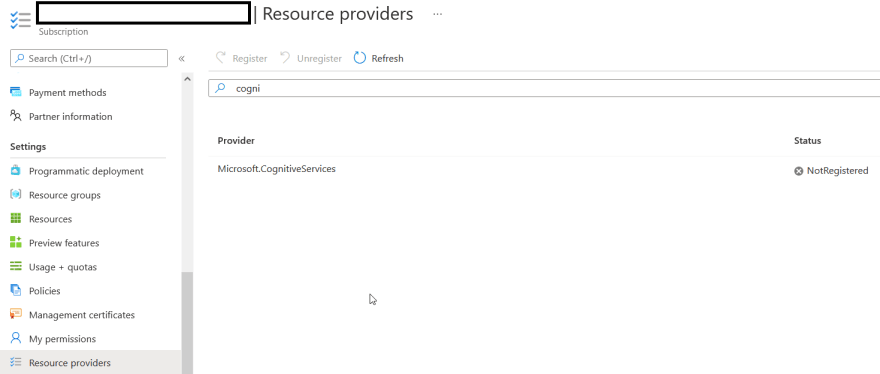

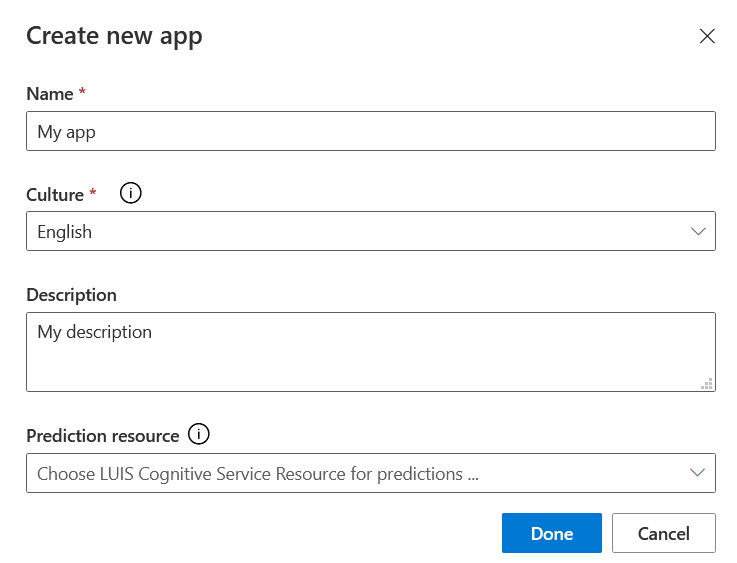
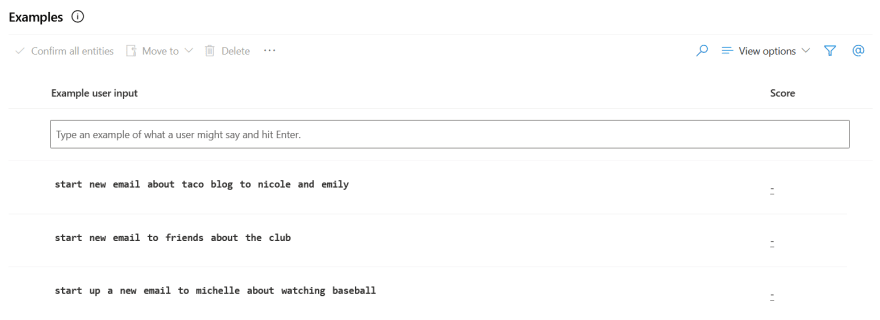 Entities can also be predefined:
Entities can also be predefined:
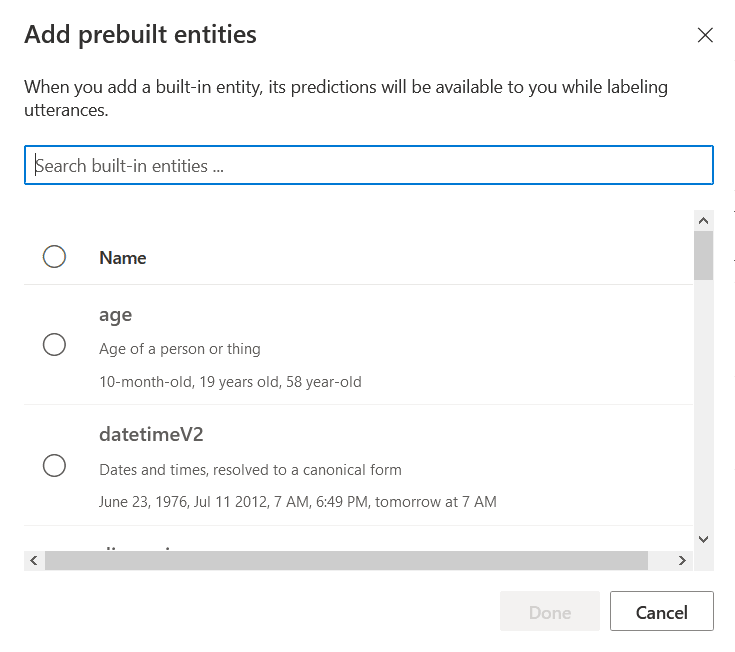

As a name suggests, this service enable you to use search functionality on your data. For example, you can search all data that are stored Azure SQL Database or Azure Cosmos DB.
Indexer can crawl your data source and create an index. The index is a collection of documents that can be searched. Index can contains additional data that specify how the search functionality is used on it, such as: sortable (true | false), filterable (true | false), searchable (true | false), etc.
All indexers are required to contain:
- SQL Managed Instance
- SQL Server on Azure Virtual Machines
- Azure SQL Database
- Azure Table Storage
- Azure Blob Storage
- Azure Cosmos DB
- Azure Data Lake Storage Gen2
From the technical point of view, you can create indexer using Azure portal, REST API, SDKs (.NET, Java, Python and JavaScript are supported).
You can run indexers after the creation, so it will retrieve desired data from the source and put it to index. As a result, they will be available for the search functionality. But what about the situation when data is changing all the time, and you want to search up-to-date data? In that case, you can use a scheduler for it and specify when the indexer should be run. For example, you can define that the indexer will be run every hour.
You need to specify the
suggesters property in the index definition. This field requires three pieces of data:analyzingInfixMatching. It checks the beginning of a given term.It is important that only one suggester can be defined per index.
It makes your search functionality richer. For example, when user tries to search for USA, it will be great if the retrieved results contains also data for United States, United States of America and even USofA. An index definition contains
synonymMaps property and in that place you can specify the synonyms.QnA Maker enables you to create conversational app with Question and Answer functionality. The user provides the question (in text or speach) and the QnA Maker responds with the best suited answer. You can import data (that is called knowledge base) from documents (PDFs, DOCXs) and websites (URLs) where FAQ section is available.

When you create your knowledge base, you have an option for adding chit-chat. Chit-chat makes your bot more human-friendly and engaging. 'How are you?', 'What is your name?', 'How old are you?' - these are the examples of chit-chat questions. When you want to add these functionality to your QnA Maker, you have several personalities to choose from:
What is the difference? For example, when you ask 'When is your birthday?' professional personality will respond 'Age doesn't really apply to me' and friendly with 'I don't really have an age'.
As a name suggests, you can enable QnA Maker to learn based on user inputs. Thanks to it, you can add new questions (that are suggested by the QnA Maker) to your knowledge base. You have to review and accept or reject QnA Maker suggestions in the portal - there is no other way of managing suggestions.
You have three main options:
There is Bot Framework Emulator that provide you with the functionality of testing and debugging bots. It is a desktop application for Windows, OS X and Linux.


It is common to integrate QnA Maker service, LUIS service, and Speech service into the bot.


